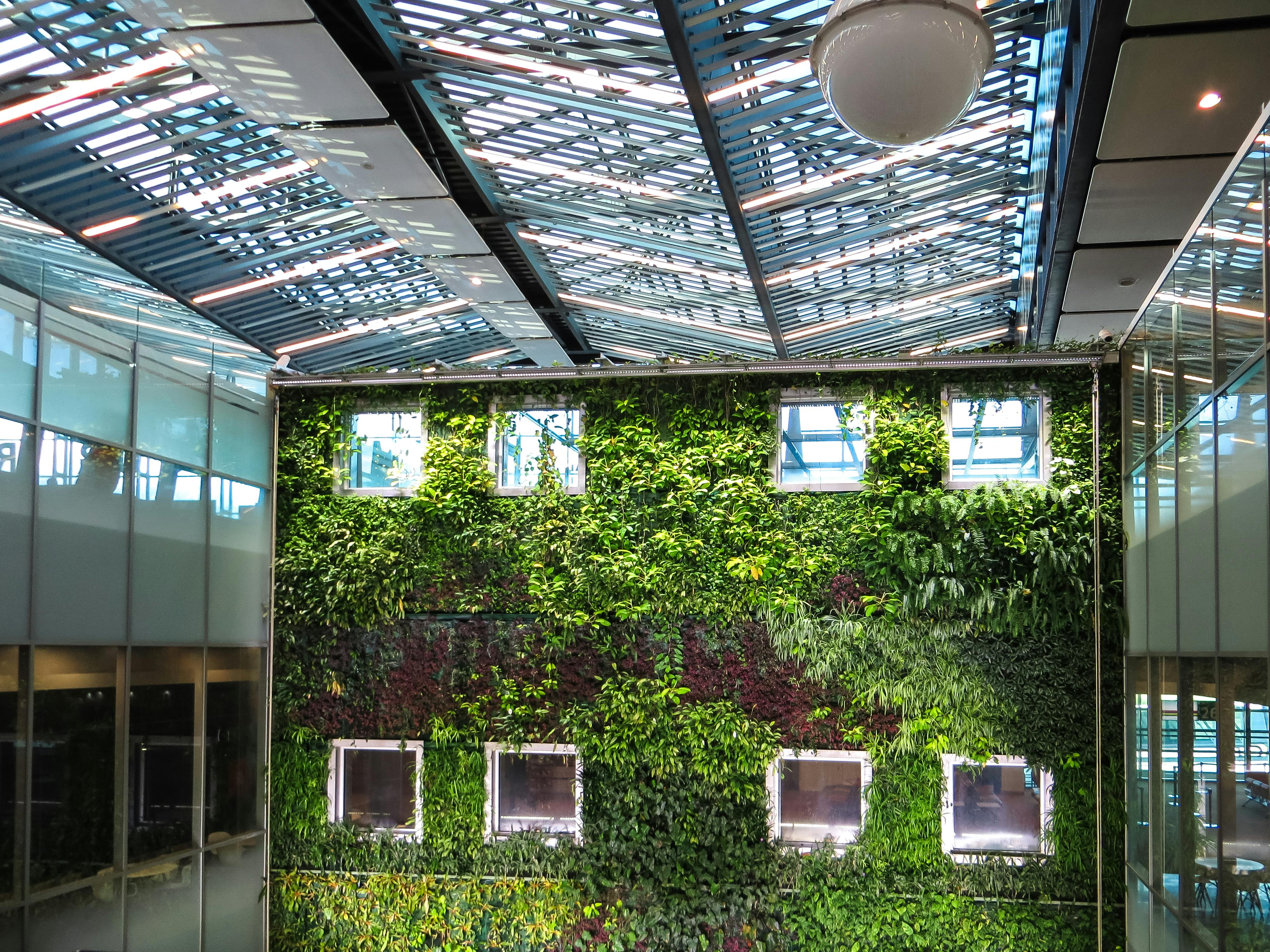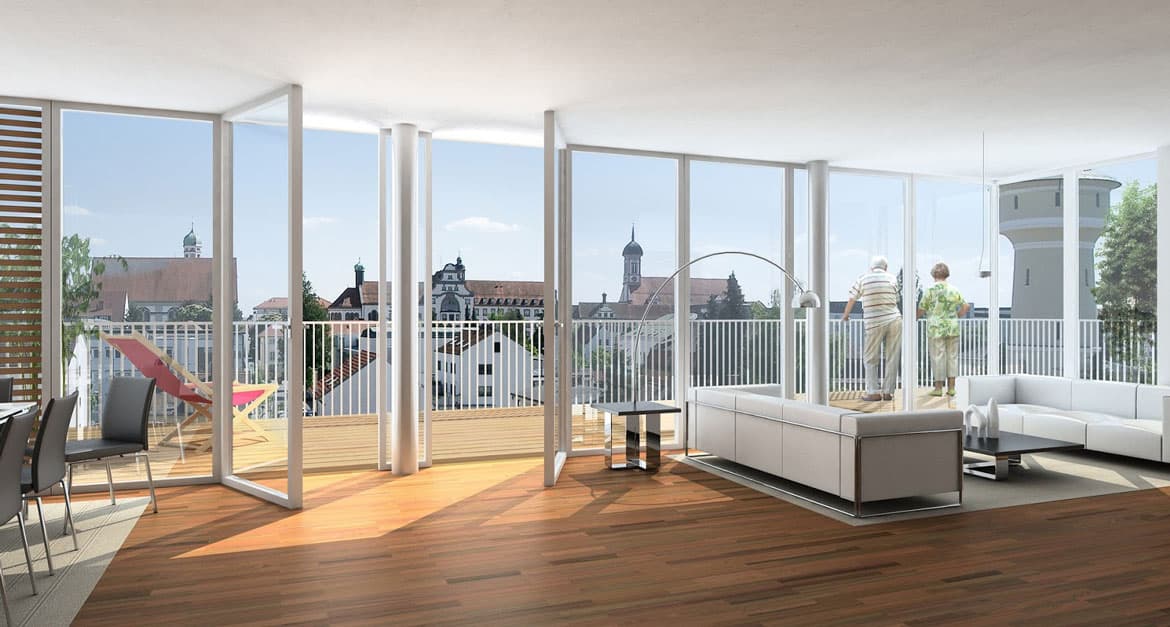WELL Certification: How Improving Air Distribution Helps the Planet & Your Occupants
Today, the impact buildings have on the environment and human health are driving innovation in building design and construction. There is a strong...
Floor, wall and ceiling mounted to meet your unique project design.
4 min read
AirFixture : Apr 16, 2024 3:08:54 PM

Living and working in comfortable environments is essential for our well-being. While temperature control plays a vital role, so does maintaining a peaceful soundscape. Here's where AirFixture comes in – our products allow for the HVAC system to operate quietly. Don’t worry about background noise of a heating unit—we have got you covered. This blog will delve into how managing noise from your Heating, Ventilation, and Air Conditioning (HVAC) system can significantly improve your indoor experience.

Imagine a quiet summer night with cool air gently circulating through your home. Suddenly, a loud whirring disrupts the serenity – that's the unwelcome noise from your HVAC system. HVAC sound dampening focuses on reducing the transmission of these unwanted noises, aiming to create a more peaceful and comfortable environment.

In buildings designed for concentration and focus, a noisy HVAC system can be a major disruption. Here's a look at some key examples where quiet HVAC is essential:
By prioritizing quiet HVAC, these buildings can create a more focused and comfortable environment that fosters learning, productivity, and overall well-being.
HVAC systems generate noise in various ways. Fans, motors, and ductwork can all contribute to airborne and vibrational sounds. Sound dampening utilizes various materials and techniques to address these issues. Common methods include:
Noise Criterion (NC) is a rating system used to describe acceptable background noise levels in different spaces. It assigns a numerical value (NC-XX) to different noise levels, with higher numbers indicating louder environments.
UFAD systems are known for their quiet operation and typically achieve a Noise Criterion rating of NC-17. This is because they function differently from traditional HVAC systems that rely on loud fans and extensive ductwork to circulate air.
Here's how UFAD systems achieve their low noise rating:
An NC-17 rating indicates a very quiet environment, similar to a soft conversation in a library. This makes UFAD systems ideal for office spaces, classrooms, hospitals, and other environments where noise control is crucial for occupant comfort and focus.
Here are some additional points to consider:
Overall, Noise Criterion provides a helpful benchmark for understanding and comparing noise levels in different spaces. UFAD systems, with their NC-17 rating, offer a quiet and comfortable environment for occupants.
Our bodies react negatively to excessive noise. Chronic exposure to loud noises can elevate stress hormones like cortisol, leading to anxiety, headaches, and even high blood pressure. By reducing noise levels in your environment, sound-dampening solutions contribute to a calmer and more relaxed atmosphere, promoting overall well-being.

As biophilic design takes center stage in the building industry, a movement focused on reconnecting occupants with nature, quiet and serenity become paramount. Mass timber construction, with its exposed wooden beams and natural aesthetic, perfectly complements this philosophy. However, noisy HVAC systems can shatter this tranquil atmosphere. Here's where Underfloor Air Distribution (UFAD) shines. UFAD's low noise profile, typically achieving a very quiet NC-17 rating, ensures a comfortable and acoustically pleasing environment – a crucial aspect for buildings designed to foster a deep connection with the natural world.
Noise pollution can significantly impact our ability to focus and be productive. Studies show that even low-level background noise can disrupt concentration and hinder cognitive performance. Sound dampening creates a quieter environment, allowing for better focus and improved task completion in workplaces and study areas, ultimately leading to increased efficiency and satisfaction.
Designing for acoustic comfort is an essential aspect of creating a truly livable or workable space. By implementing sound dampening solutions in your HVAC system, you can significantly improve your indoor experience. Whether it's achieving a peaceful night's sleep, enhancing focus at work, or simply enjoying a quieter environment, AirFixture expertise can help you achieve optimal acoustic comfort. Remember, for specific sound dampening needs and personalized solutions, consulting with a professional HVAC contractor is always recommended. Let AirFixture be your partner in creating a haven of peace and comfort in your home or workplace.
Contact us today to discuss your HVAC sound-dampening needs and explore solutions that fit your unique requirements.

Today, the impact buildings have on the environment and human health are driving innovation in building design and construction. There is a strong...

Retail stores serve as the gateway to millions of consumer brands. Finding a product in a retail store is one of the final steps in the customer...
Auditorium and music hall projects present special challenges for comfort conditioning. AirFixture offers uniquely effective in-floor diffuser...